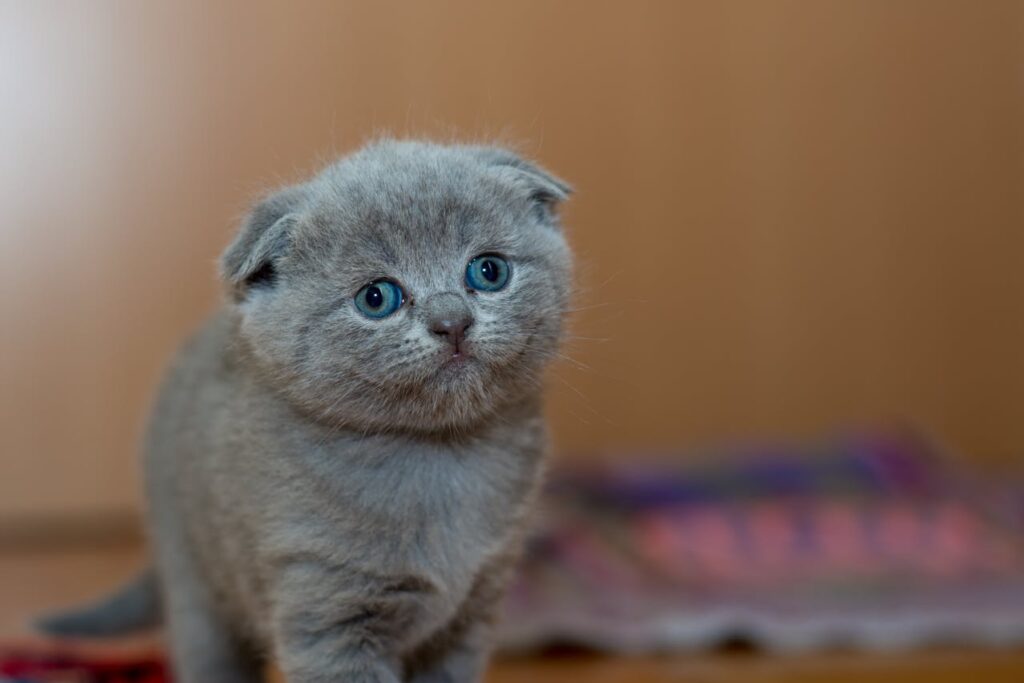1. Introduction
Why Won’t My Cat Drink Water? Water is essential for every pet, including cats. Unlike some animals, cats often have a low thirst drive, which can be concerning for pet owners. Understanding why your cat won’t drink water and how to encourage them to hydrate is important for their health and well-being.

2. Why Cats Need Water
Water is vital for your cat’s health, aiding in digestion, kidney function, and temperature regulation. Proper hydration helps reduce the risk of urinary tract infections, kidney stones, and other health complications.
3. Why Won’t My Cat Drink Water?
Cats may not drink water for a variety of reasons, ranging from natural behaviors to specific issues with their environment. Below are common causes that can impact a cat’s drinking habits:
3.1. Natural Low Thirst
Cats originated from desert environments and naturally consume water through their prey, like small animals. If your cat eats primarily dry food, they may not get enough hydration from food alone and need to supplement it by drinking water.
3.2. Health Issues
Certain health issues, such as kidney disease, dental pain, or mouth infections, can decrease a cat’s interest in drinking water. If your cat suddenly stops drinking, it may be a sign of an underlying health issue.
3.3. Water Bowl Issues
Cats can be picky about their water bowls. Factors like bowl size, depth, or material (plastic, ceramic, or metal) can influence their drinking habits. Some cats avoid drinking if they don’t like the smell, taste, or placement of their water bowl.
3.4. Environmental Factors
Cats are sensitive to changes in their environment. Loud noises, new pets, or even the location of their water bowl can disrupt their routine, causing them to drink less.
4. How to Encourage Your Cat to Drink More Water
Here are effective ways to encourage your cat to drink more water and stay hydrated:
4.1. Fresh and Clean Water
Cats prefer fresh water. Change the water daily, and wash the bowl regularly to prevent bacteria buildup, which may deter them from drinking.
4.2. Experiment with Different Bowls
Try using bowls of different materials, like glass or ceramic, as some cats dislike plastic. Experiment with shallow or wide bowls that are easy for them to access without getting their whiskers wet.
4.3. Try Moving Water
Many cats prefer moving water. Consider using a cat water fountain, which circulates water and makes it more appealing.
4.4. Adjust Diet
Wet cat food contains more water than dry food. If your cat primarily eats dry food, consider mixing in wet food or adding a small amount of water to their meals to increase their hydration.
5. Warning Signs of Dehydration in Cats
It’s essential to watch for signs of dehydration, as it can lead to health issues. Common symptoms include:
- Sunken eyes
- Lethargy
- Dry gums
- Loss of skin elasticity (a pinch test on the skin should quickly return to normal)
If you notice any of these signs, consult your veterinarian immediately.
6. Frequently Asked Questions (FAQs)
Q1: How much water should my cat drink each day?
A: On average, cats should drink about 3.5-4.5 ounces of water per 5 pounds of body weight daily. However, this can vary based on diet and health.
Q2: Can I add flavor to my cat’s water to encourage drinking?
A: Yes, adding a small amount of low-sodium chicken broth can make the water more appealing. Ensure the broth does not contain any harmful ingredients like onions or garlic.
Q3: Is it safe to force my cat to drink water?
A: It’s not recommended to force your cat to drink. Instead, try the methods mentioned above to make water more accessible and attractive.
Q4: Should I be concerned if my cat only drinks a little water?
A: Some cats naturally drink less. Monitor their hydration by observing signs of dehydration, and consult a veterinarian if needed.
7. Final Thoughts
Cats may avoid drinking water for many reasons, but with some adjustments, you can help them maintain proper hydration. Ensuring fresh water, experimenting with bowls, and adding wet food to their diet can improve their water intake and keep them healthy. If concerns persist, always seek advice from a veterinarian.


